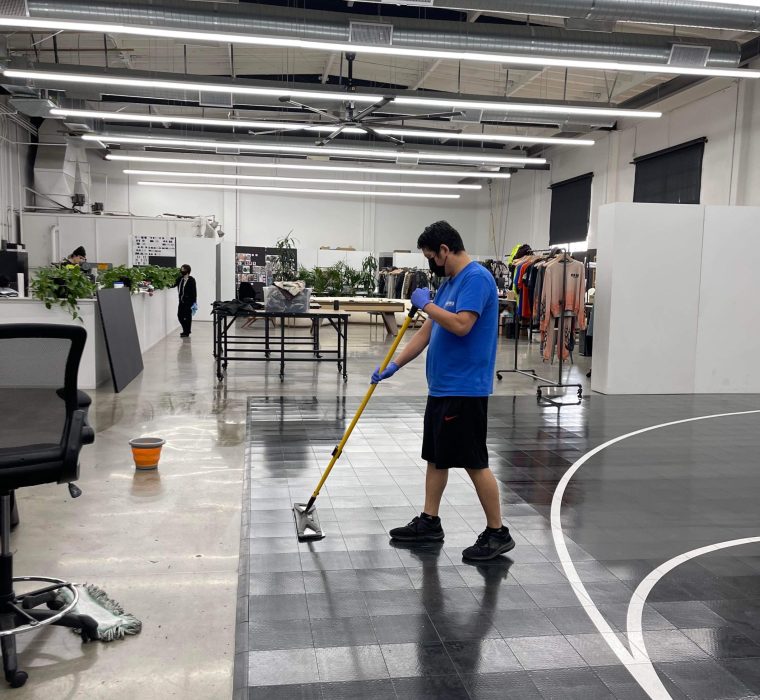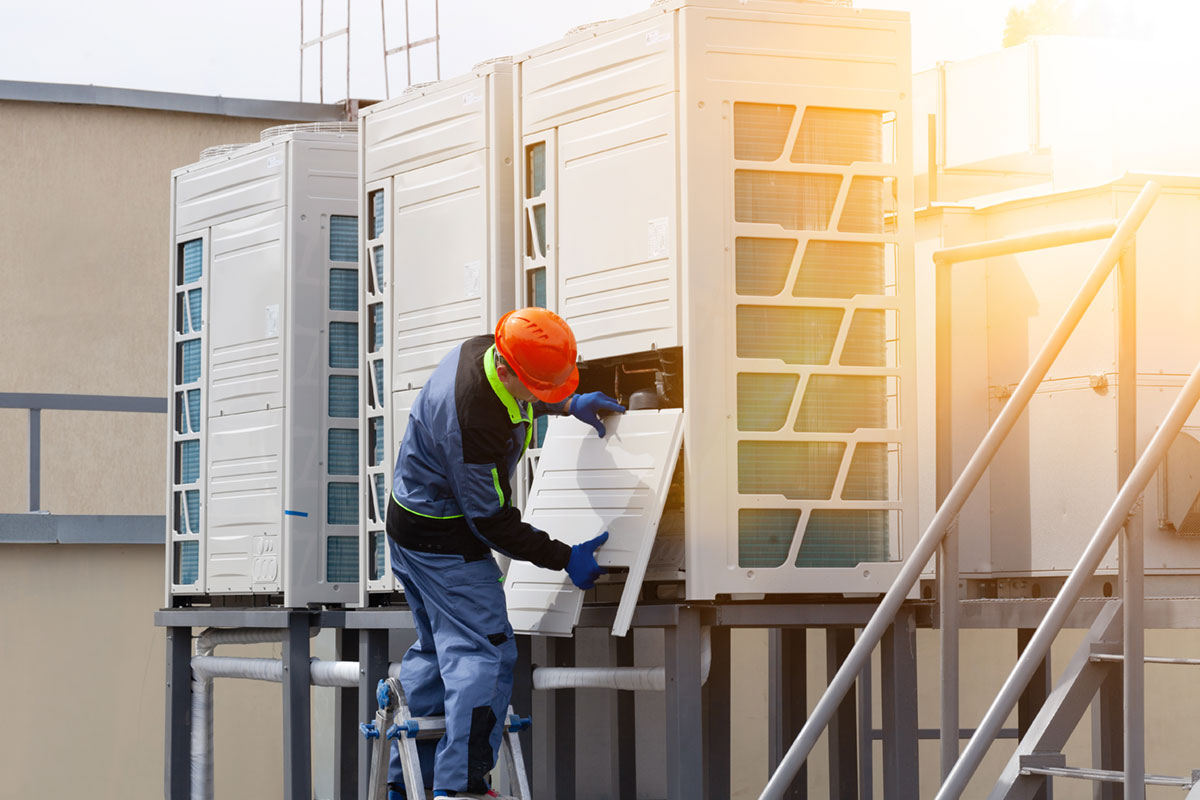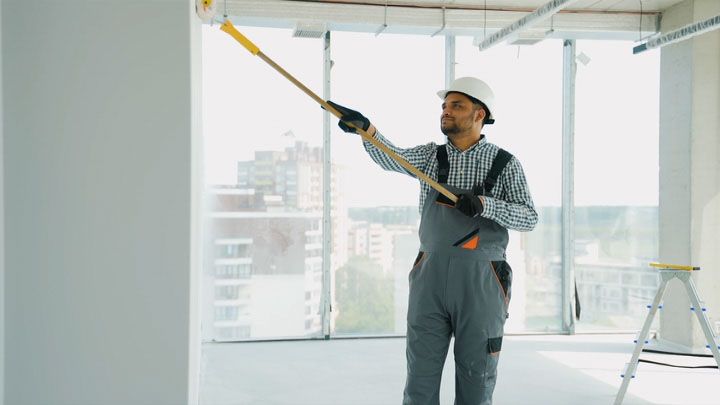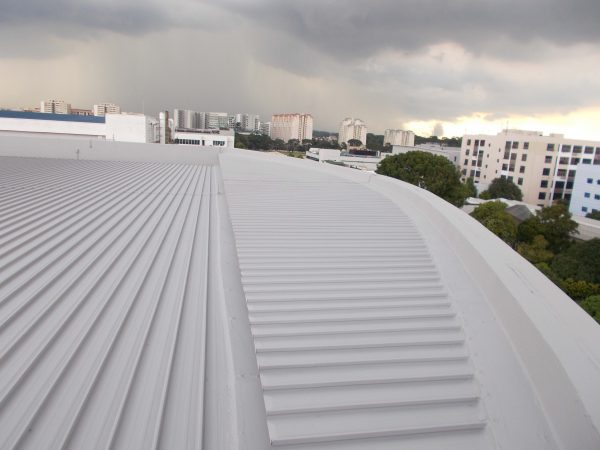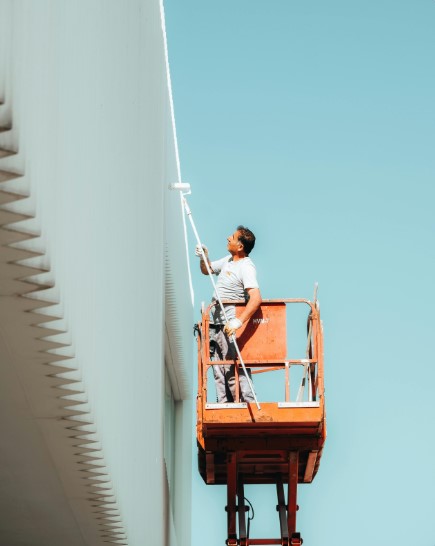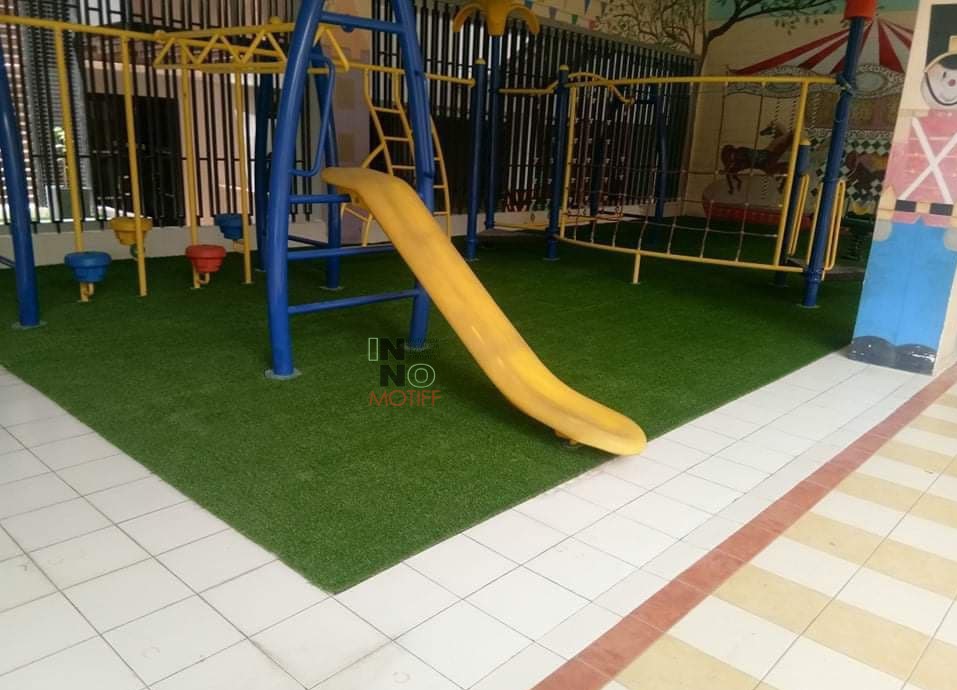The Growing Need for Green Spaces in Urban Landscapes
Modern cities are rapidly expanding, often at the cost of green, open areas. As skyscrapers dominate skylines and urban heat levels rise, people are searching for innovative ways to bring nature back into the built environment. The vertical green wall system has emerged as a creative solution that merges architecture with ecology. These lush living walls not only beautify spaces but also contribute to healthier air, cooler surroundings, and improved mental well-being. Research shows that access to greenery can reduce stress and enhance productivity, making green spaces essential in today’s concrete environments. By integrating nature vertically, cities can reintroduce biodiversity into otherwise sterile structures. This approach represents a harmonious balance between modern development and environmental responsibility.
What Is a Vertical Green Wall System?
A vertical green wall system is a structure designed to support plant growth on vertical surfaces, transforming ordinary walls into vibrant, living ecosystems. Unlike rooftop gardens or horizontal landscaping, these systems make efficient use of limited space while providing numerous environmental benefits. They can be modular or continuous, using either soil-based or hydroponic systems depending on the design and maintenance needs. These walls are equipped with layers that include waterproofing membranes, irrigation channels, and growing media for the plants. The result is a lush wall that improves air quality and enhances aesthetics at the same time. Whether installed indoors or outdoors, a vertical green wall system offers a refreshing visual break from concrete surroundings while helping buildings breathe naturally. It’s an intelligent design solution for those who want to maximize sustainability without sacrificing modern style.
How Vertical Green Wall Systems Work
The functionality of a vertical green wall system relies on a well-coordinated structure that supports healthy plant growth. The foundation typically includes a frame attached to the wall, followed by a waterproof membrane that protects the building’s surface. Next comes the growing medium, which may consist of soil, felt, or hydroponic materials. These materials support the plant roots while providing access to nutrients and moisture. The irrigation system is often automated to deliver the right amount of water and nutrients consistently. Many modern vertical green wall systems also integrate smart sensors that monitor moisture, pH levels, and sunlight exposure.
Key operational features often include:
- Automated irrigation systems that conserve water and prevent overwatering
- Nutrient delivery networks to ensure even plant growth
- Drainage systems to manage excess moisture and avoid root rot
- Energy-efficient lighting for indoor installations
- Smart monitoring technologies for remote maintenance
Together, these components create a self-sustaining, low-maintenance system that turns a static surface into a living, breathing part of a building.
Environmental and Economic Benefits of Vertical Green Wall Systems
Vertical green wall systems are more than just visual enhancements—they deliver significant environmental and economic returns. These living walls serve as natural insulation, helping regulate indoor temperatures by reducing heat absorption in the summer and retaining warmth in the winter. This leads to reduced energy consumption and lower utility costs. They also purify the air by absorbing carbon dioxide and volatile organic compounds, replacing them with oxygen-rich freshness. From an environmental perspective, green walls help reduce urban heat islands and absorb sound, making cities quieter and cooler.
Economically, they increase property values and can attract tenants or customers looking for eco-conscious spaces. Businesses benefit from the positive impression that green walls create, as they signal environmental responsibility and innovation. Moreover, they contribute to sustainability certifications like LEED, which further enhances the value of properties that integrate them. With these benefits combined, a vertical green wall system is an investment in both aesthetic and functional value.
Design and Aesthetic Advantages
One of the most captivating aspects of vertical green wall systems is their ability to transform plain architecture into a natural masterpiece. Designers can select from a variety of plant species to achieve different colors, textures, and patterns. These walls can serve as stunning focal points in lobbies, restaurants, office spaces, or residential areas. Beyond their beauty, they create a calming and refreshing atmosphere, which has been shown to enhance focus and well-being.
Popular design approaches include:
- Patterned layouts using contrasting foliage
- Seasonal plant variations for dynamic visual effects
- Brand-inspired color themes for commercial spaces
- Tropical, succulent, or fern-based designs for different climates
By combining creativity with sustainability, architects and interior designers can produce living walls that tell a visual story while improving the air and acoustics of the space. The balance of nature and design adds both function and soul to modern structures.
Installation and Maintenance Essentials
Installing a vertical green wall system requires planning, expertise, and the right environmental conditions. The process begins with site assessment—evaluating sunlight exposure, temperature, humidity, and available space. Based on these factors, professionals select the most suitable plants and system type. Proper installation ensures stability, efficient irrigation, and long-term plant health. Maintenance is just as important, involving regular inspections, pruning, and cleaning of irrigation lines.
For smooth upkeep, consider these essential maintenance practices:
- Check irrigation systems weekly for leaks or clogs
- Prune and replace unhealthy plants promptly
- Monitor nutrient levels and adjust fertilization schedules
- Ensure adequate lighting for indoor walls
- Schedule professional maintenance at least twice a year
A well-maintained wall remains vibrant and sustainable for years, rewarding owners with beauty and environmental benefits. Neglecting care, however, can lead to plant loss and higher repair costs, which is why expert maintenance services are highly recommended.
Best Locations for Vertical Green Wall Systems
Vertical green wall systems are versatile and adaptable to a variety of environments. In residential settings, they can enhance balconies, patios, or living rooms, bringing nature closer to home. Commercial spaces such as malls, hotels, and office lobbies use them to create stunning visual statements that leave lasting impressions. In public areas, they serve as natural noise barriers and cooling structures.
Ideal installation sites include:
- Building facades exposed to ample sunlight
- Corporate interiors to promote wellness and creativity
- Retail stores and restaurants for an eco-friendly aesthetic
- Hospitals and schools to enhance mood and indoor air quality
By selecting the right location, property owners can maximize the aesthetic and environmental potential of their green wall investment.
Sustainability and Long-Term Impact
A vertical green wall system contributes significantly to long-term sustainability goals. These systems play an essential role in achieving eco-friendly building certifications and reducing environmental footprints. They help reintroduce biodiversity into urban areas by supporting various plant species and even attracting beneficial insects. Over time, green walls help cities become more resilient against climate challenges such as rising temperatures and poor air quality.
Their long-term benefits include:
- Improved energy efficiency in urban buildings
- Reduced carbon emissions
- Enhanced biodiversity and ecosystem balance
- Greater awareness and commitment to sustainable living
By merging technology, design, and ecology, vertical green wall systems represent the next phase in the evolution of green architecture—where every wall becomes a living entity contributing to a healthier world.
Choosing the Right Vertical Green Wall System Provider
Selecting a reliable provider is crucial for the success of any vertical green wall project. A trustworthy supplier should offer end-to-end solutions, from design and installation to maintenance and system upgrades. Key factors to consider include experience, customization options, after-sales support, and the quality of materials used. Cost should not be the only deciding factor—long-term performance and sustainability matter more.
Look for providers who:
- Offer energy-efficient and water-saving systems
- Provide plant species suited to your environment
- Include smart irrigation and monitoring technology
- Have proven expertise in both indoor and outdoor installations
- Offer comprehensive maintenance packages
With the right partner, property owners can enjoy a reliable, stunning, and eco-friendly vertical green wall system that thrives for years.
Frequently Asked Questions (FAQ)
How long does a vertical green wall system last?
A well-maintained system can last for 10 to 15 years or more, depending on environmental conditions and care.
What kind of plants thrive best in vertical green walls?
Ferns, succulents, mosses, and tropical plants are commonly used due to their adaptability and low maintenance needs.
Is it suitable for both indoor and outdoor use?
Yes, vertical green wall systems can be customized for either indoor or outdoor environments.
How much maintenance does it require?
Regular watering, pruning, and system checks are essential. Automated irrigation reduces manual work significantly.
Can vertical green wall systems be integrated into existing buildings?
Absolutely. Most systems are modular, allowing installation on existing structures without major renovations.
Takeaway
A vertical green wall system is more than an architectural feature—it’s a living investment in sustainability, wellness, and beauty. By embracing this innovation, property owners and designers can transform ordinary walls into dynamic ecosystems that enrich the air, save energy, and uplift the human spirit. In a world striving for balance between progress and preservation, vertical green walls stand as a symbol of how modern design and nature can coexist harmoniously.


